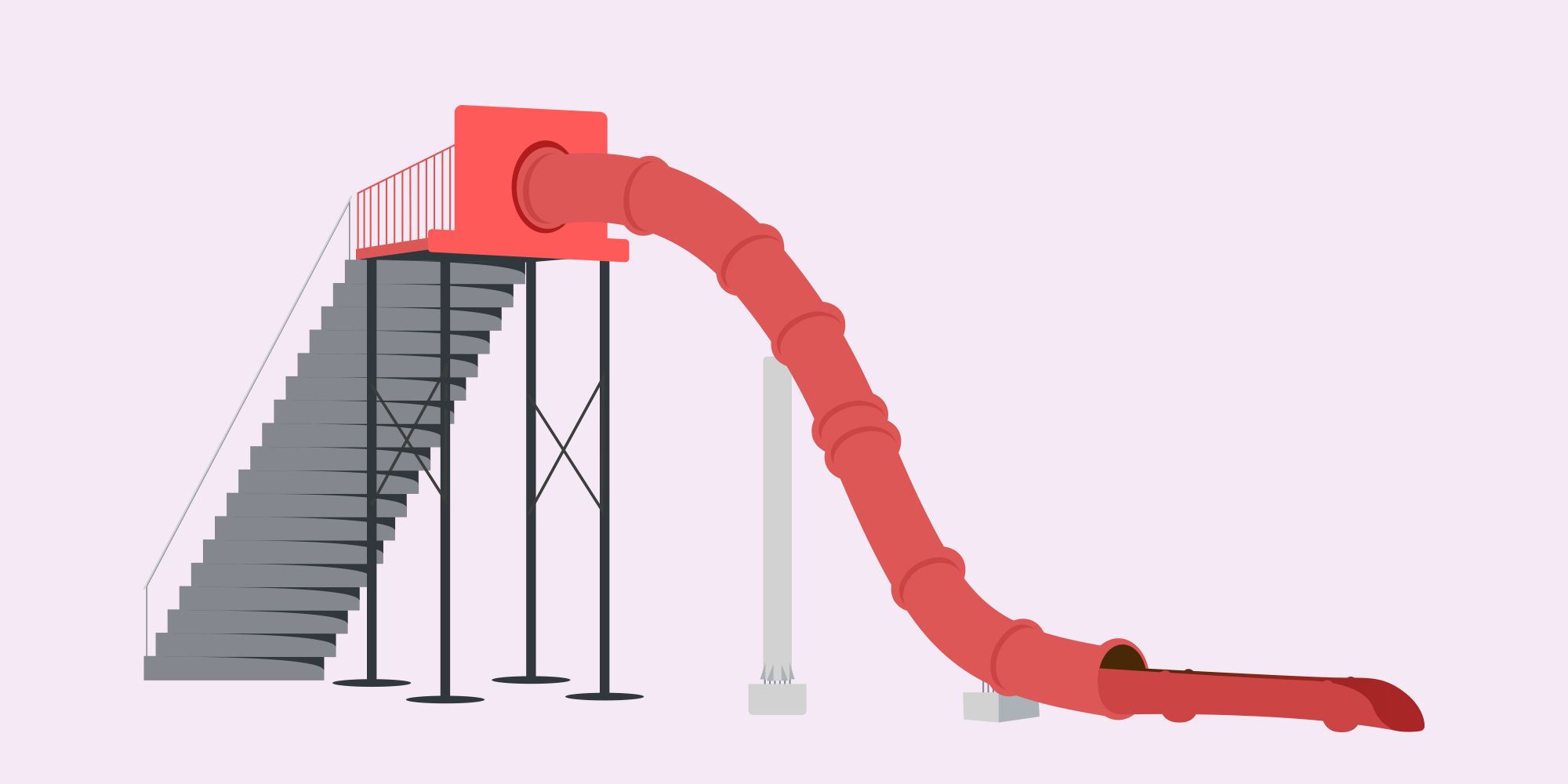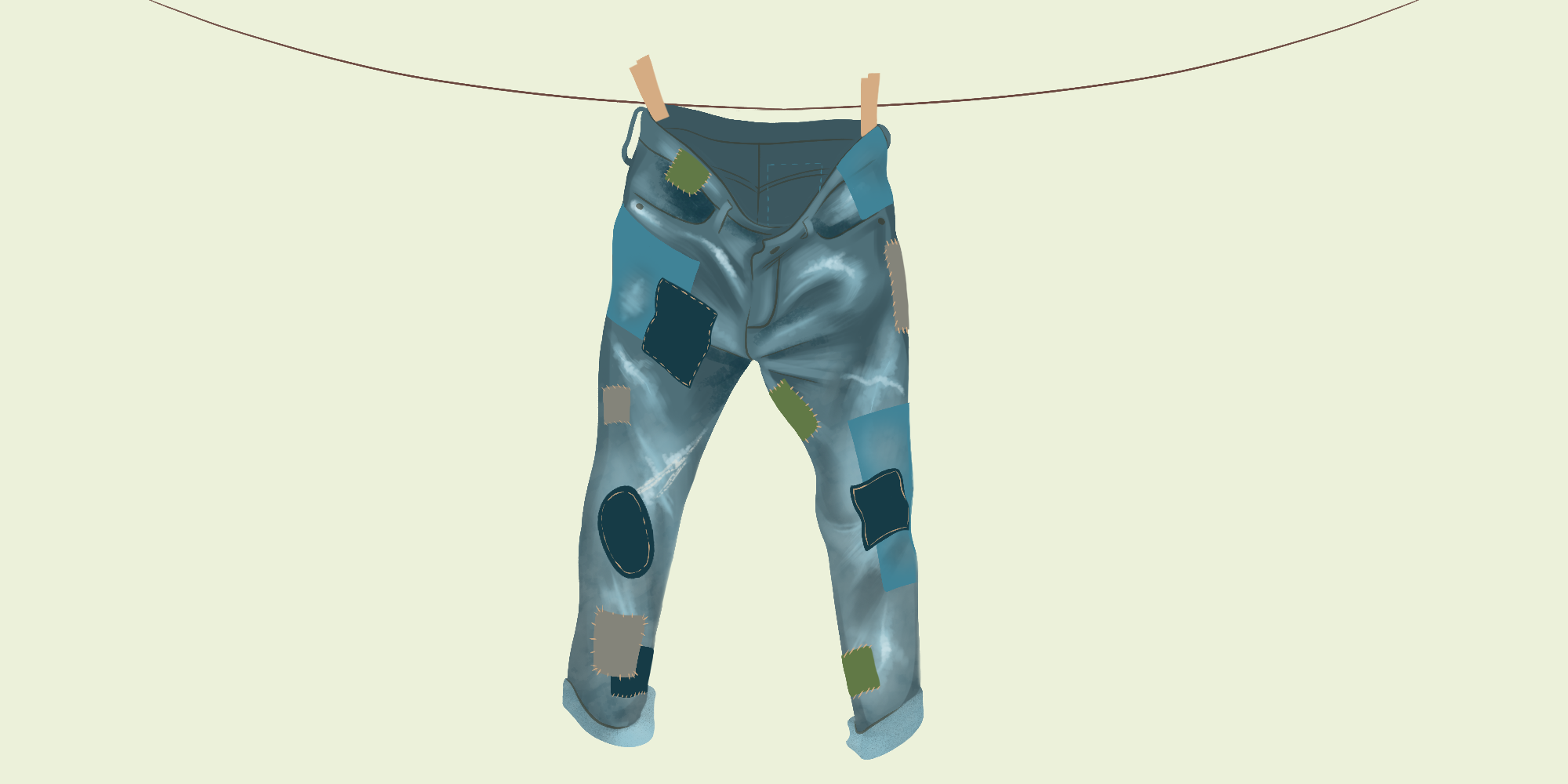Bond market investors were fairly certain that central banks were poised to start cutting rates in Q2 to contend with a string of U.S. regional bank failures, and they were brimming with confidence about their prospects.
But, as the investment team at Canso Investment Counsel Ltd. points out in the firm’s July 2023 Corporate Bond Newsletter: “The second quarter showed us once again that the bond market is not a reliable predictor. The central banks in Canada and the U.S. both raised administered rates and 2-year yields surged.”
The increase in Treasury Bill rates has surely been music to risk-averse investors’ ears, with 3-month T-bills rising to 4.9% by quarter end — compared to just 0.2% in July 2021. But, why are 3-month T-bills now yielding more than long-term A-rated corporate bonds?
The Canso experts say it doesn’t make sense because “surely investors should receive compensation above the ‘risk-free’ rate when taking on ‘not risk-free’ credit exposure.
For some, the fear of missing out, or risk of losing out, on falling yields is just too much.”
The long and short of an inverted yield curve
Investors moving money away from short-term bonds and into long-term ones sparked growing concerns of an impending economic slowdown.
As a result, volatility in government bond yields prevailed, particularly amongst shorter-term maturities that mostly ebb and flow with interest rate expectations.
Broad fixed income indices were flat or down in Q2, which likely pushed some investors to reach for yield.
As short rates continued to move up and long rates stayed relatively unchanged, the yield curve shifted to its most inverted position since 1990. More pronounced inversion of the yield curve led to longer-term issues outperforming so far in 2023.
A yield curve inverts when long-term interest rates fall below short-term interest rates, which suggests that investors are becoming more pessimistic about near-term economic prospects.
“An inverted government bond yield curve contradicts the expensive valuations within high yield bonds and leveraged loans,” Canso says.
“Credit spreads on the lowest-quality debt narrowed without regard for tightening market conditions or greatly-increased default risk.”
This is a bit of a conundrum, since credit spreads typically widen when conditions are weakening during times of stress, and narrow when conditions are healthy and improving.
Daisy Jones & The Six cover defaults
The July 2023 Corporate Bond Newsletter references the Daisy Jones & The Six track, “Let Me Down Easy,” to connote the need to gently remind investors that bond defaults are more prevalent with high-yield issues.
In fact, the second quarter saw three of the five largest defaults of 2023, with bond defaults in the high yield and leveraged loan segments on the rise. What’s more, the combined year-to-date total has already surpassed the full-year total for 2022.
The portfolio managers at Canso “continue to believe that with tighter market conditions, the ongoing need to refinance historically low-cost debt, as well as the immediate impact of higher rates on floating rate loans, will likely continue to put pressure on defaults,” the newsletter says.
It’s not all bad news though, as 12-month rolling default rates are still below their historical averages and modest relative to previous cycle peaks. The future for high yield might not be Timbuk-3 bright, but we shall see.
High yield returns
High yield new issuance continued to rebound this year after cratering in 2022 when the Fed and central banks around the world raised interest rates several times. It’s mostly been driven by improving market sentiment tied to the belief that central banks are much closer to the end of the current tightening cycle than to the beginning.
The Canso team observed that “new issue volume this year is already closing in on the full year total seen last year.” Despite a brief pause in March, volumes were up substantially during the first half of 2023, but remained modest by comparison to the 2020 and 2021 banner years.
High yield bonds and leveraged loans outperformed in Q2 and are also ahead YTD. Additionally, the lowest-quality issuers outperformed through the first half of 2023.
“If the inversion in the yield curve is signaling recession and lower rates, the high yield market did not get the message,” the newsletter says.
“At current valuations, we continue to believe that outside of some special situations, there is not enough compensation for the risk.”
Risky business
Canso has always espoused the importance of assuming risk only if properly compensated for doing so. Holders of Credit Suisse AT1 bonds who were wiped out by the UBS acquisition got a brutal refresher on the importance of understanding and properly pricing credit risk.
“Yields on high quality and liquid bonds continue to be an attractive place to deploy capital while we wait for valuations on more speculative corporate issues to provide better compensation for their risks,” they say in their newsletter.
“We have conviction that tightening credit markets will lead to better opportunities, and that is where our investment focus remains.”
Read the full July 2023 Canso Corporate Bond Newsletter here.
DISCLAIMER: The views and information expressed in this publication are for informational purposes only. Information in this publication is not intended to constitute legal, tax, securities or investment advice and is made available on an “as is” basis. Information in this presentation is subject to change without notice and Canso Investment Counsel Ltd. does not assume any duty to update any information herein. Certain information in this publication has been derived or obtained from sources believed to be trustworthy and/or reliable. Canso Investment Counsel Ltd. does not assume responsibility for the accuracy, currency, reliability or correctness of any such information.





